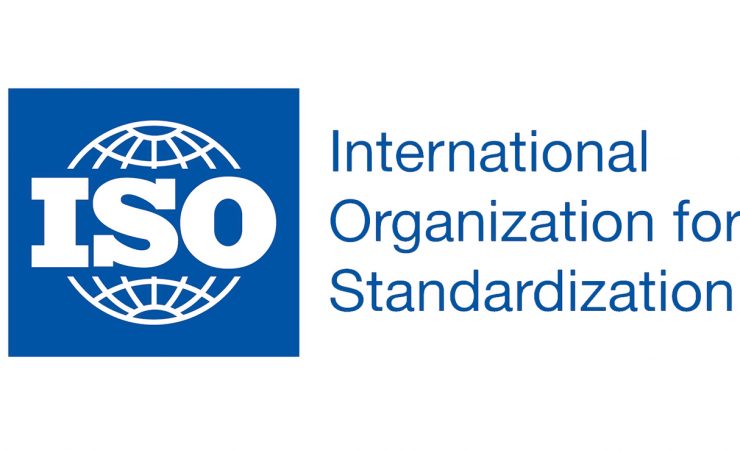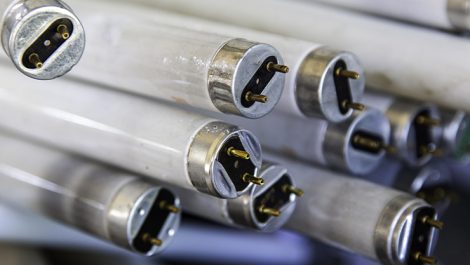We recently completed a week’s worth of global online meetings, discussing ISO standards for the graphics industry. In many virtual sessions spanning multiple time zones, we looked at everything from the comparative performance of spectrophotometers to managing viewing conditions for soft proofing in modern pressroom environments. In the working group addressing the environmental impact of print, we completed preparations of the draft of ISO 22067-1. This is an important document for ensuring that ecolabels use accurate data when evaluating printing companies and printed matter. The next stage is a vote on 22067-1 and the chance for people to comment on the draft, a process that should be completed by the end of the summer.
ISO 22067 is a series of documents designed to support different parts of the print media supply chain. The first part has as its working title Graphic technology — Environmental communication criteria and requirements for printed products — Part 1: General printing. This first part deals as it states with the general requirements for communicating environmental aspects (things which could have an effect on the environment) and impacts (how those aspects affect the environment) data about printed products. The document is intended to improve the communication of environmental aspects and impacts relating to printed products and can be used by all players in the print media production supply chain.
How to specify what should be reported in terms of environmental communications will hopefully make it easier for ecolabels to comprehensively assess print media’s impact on the environment and so its overall sustainability. The standards in the ISO 22067 series will include requirements for “all processes and components used for the production of the final printed materials” according to part one’s scope. This first part is relevant for all printing methods apart from printing on textiles and ceramics. Methods for printing these products have unique and process-specific requirements so they will be addressed in subsequent parts of the ISO 22067 series.
If you want to get involved in the development of this work, or would like to comment on the draft of ISO 22067-1, please join us. This involves first joining your national standards body and you can find their details here: https://www.iso.org/members.html
– Laurel Brunner
This article was produced by the Verdigris Project, an industry initiative intended to raise awareness of print’s positive environmental impact. This weekly commentary helps printing companies keep up to date with environmental standards, and how environmentally friendly business management can help improve their bottom lines. Verdigris is supported by the following companies: Agfa Graphics, EFI, Fespa, Fujifilm, HP, Kodak, Ricoh, Spindrift, Splash PR, Unity Publishing and Xeikon.





